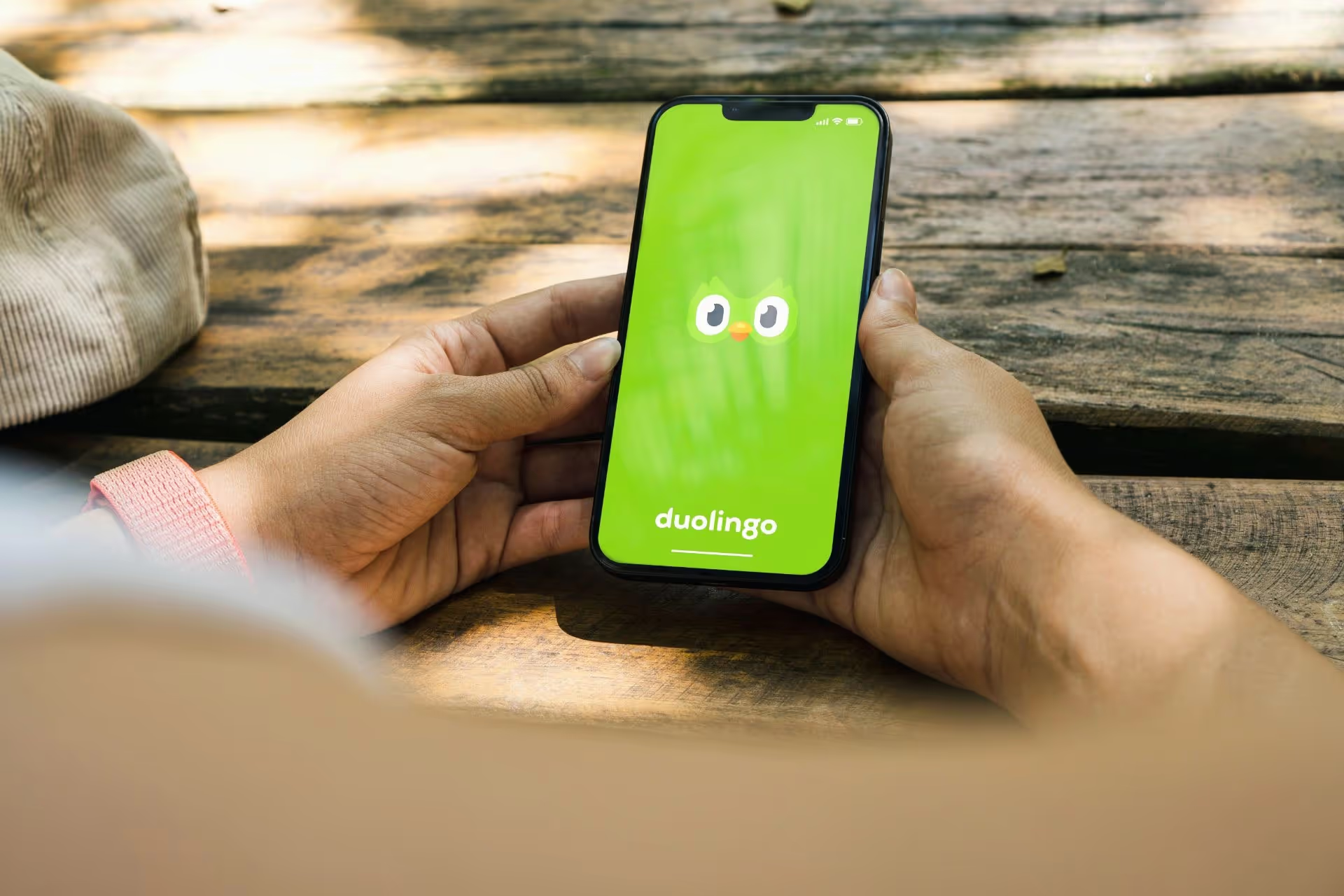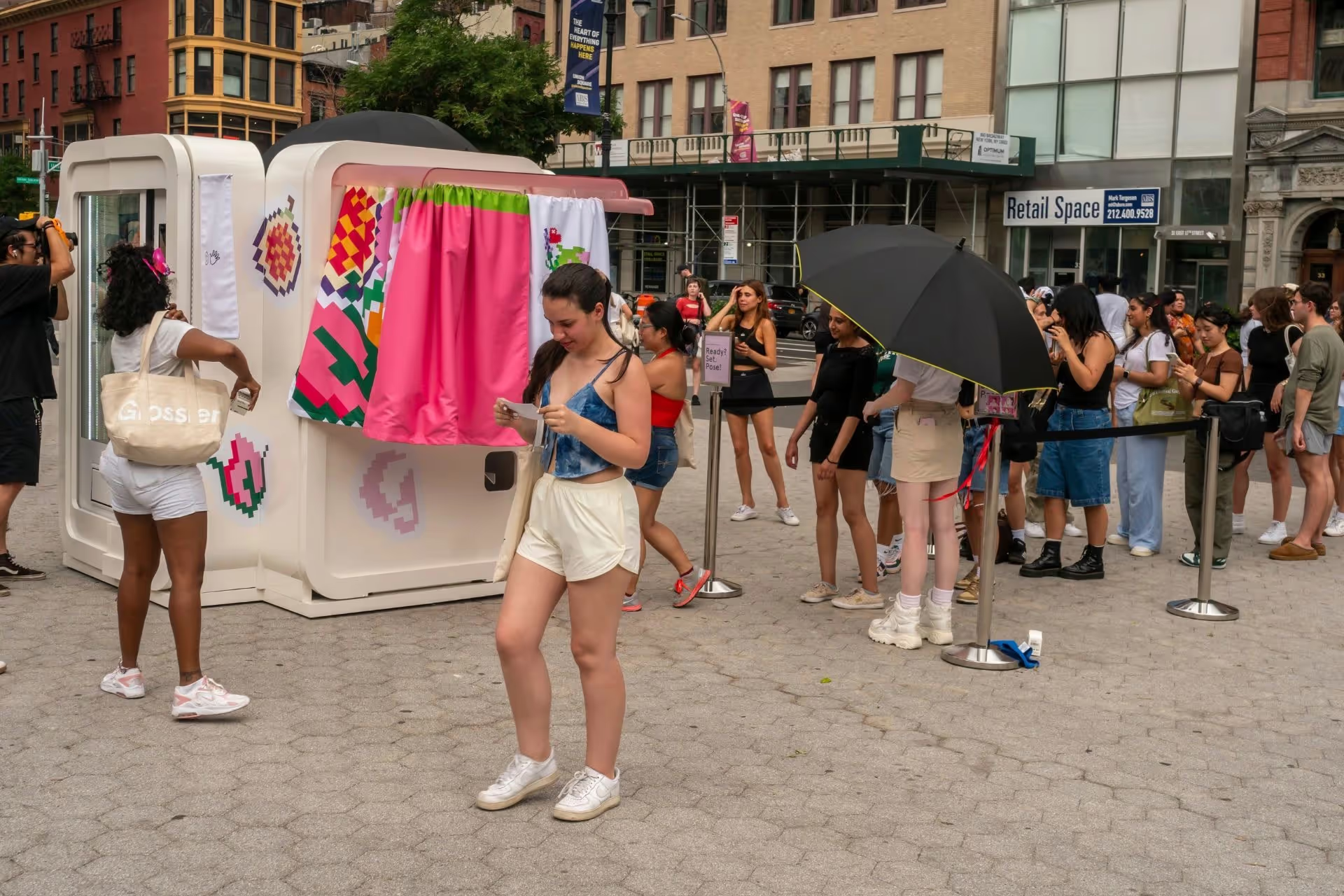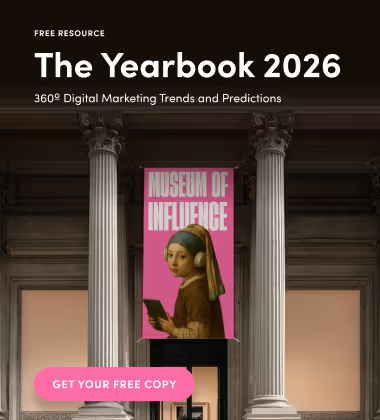Glossier, Peloton, and Duolingo achieved cult status through community-led growth, prioritizing customer feedback, shared experiences, and authentic engagement over traditional advertising. By fostering strong online communities, they transformed users into loyal fans, proving that focusing on relationships drives sustained brand longevity.
Community-led growth is the secret sauce behind some of today’s most talked-about brands. By fostering authentic online communities, companies like Glossier, Peloton, and Duolingo not only gained customers but also built loyal fans. Here’s how they did it, and how you can turn those same strategies into real community momentum.
What Is Community-Led Growth?
Community-led growth is a business strategy that puts your community at the center of your marketing, product development, and brand experience. Rather than relying solely on traditional advertising, community-led brands grow through user participation, shared values, and feedback loops.
A community-led growth strategy typically involves customers and community members who share a purpose tied to your brand. They organically discuss your business and give feedback, which becomes central to your decision-making.
Community-led brands often leverage social media platforms where their people are, such as Facebook groups or discussion forums. They spark engagement, build emotional loyalty, and reduce churn, building a sustainable business expansion model rooted in authentic connection.
Glossier: From Blog to Beauty Powerhouse
Glossier’s success stems from treating customers as collaborators. Founded in 2014 by Emily Weiss, it started with Into the Gloss, a beauty blog that encouraged readers to share their routines and opinions. These conversations later informed Glossier’s earliest product decisions.
Glossier’s Winning Community Strategy
- User feedback led to product creation. Products like the Milky Jelly Cleanser were developed by asking community members what they wanted in a cleanser, then building it.
- Community posts became market research. Glossier used social comments, reviews, and DMs as a constant stream of product ideas and content inspiration.
- Owned community platforms. The brand nurtured engagement on Instagram, in private Facebook Groups, and through customer-centric newsletters.
Glossier integrated feedback loops into every step of the brand experience, not just listening to its community but empowering them to take the lead.
The result? Products people actually asked for.

Image source: Shutterstock
Peloton: Turning Fitness Into a Social Lifestyle
Peloton transformed a solo workout into a collective experience. They created a thriving community built around motivation, milestones, and shared fitness goals!
Peloton’s live shoutouts, public leaderboards, and instructor engagement help users feel connected even in solo workouts. They post on Peloton’s official Facebook Group, which has become a support system. Add to that the events, badges, and shared milestones that reinforce their sense of belonging.
Community managers and instructors serve as community leaders who strengthen relationships and improve retention. This people-powered approach fuels engagement, sparks organic growth, and transforms customers into true brand believers.
Duolingo: Fun, Feedback, and a Fierce Owl
You know you’re in trouble when you see that“Time to practice!” notification pop up, paired with an image of a borderline-indignant owl…
Duolingo uses humor, gamification, and a strong brand voice to create meaningful engagement. Its playful approach encourages learners to stick with the app, not just for progress, but for community recognition.
Forums allow users to support each other and share valuable insights. They can even learn languages alongside loved ones and friends with their family plan.
Duolingo has also empowered its community to build and beta-test language courses, which creates direct user ownership in the product. The company leverages TikTok and Instagram with an irreverent brand tone that fosters a sense of community across its channels.
Beyond teaching languages, Duolingo is building a global classroom with a sense of humor and serious staying power, one that users actively participate in and invite others to join.
Learn more: The Importance of Branding

Image source: Shutterstock
The Role of Community in Brand Longevity
A strong community is more than just a starting point; it’s the driving force that keeps your brand soaring long after its launch. Brands like Glossier, Peloton, and Duolingo demonstrate that community-led growth is a sustained effort built on trust, transparency, and shared purpose.
When brands treat their community as an extension of their team, they gain more than just social media and marketing buzz. They get:
- Sustained product relevance through ongoing feedback loops
- Free amplification via organic user-generated content
- Emotional loyalty that survives market changes and competition
- Increased customer lifetime value and reduced churn
From Hype to Habit: Turning Attention Into Retention
Virality may win attention, but community engagement wins hearts. Glossier’s comment sections, Duolingo’s forums, and Peloton’s celebratory ride shoutouts turn casual users into committed fans. These are community growth platforms in action, spaces that encourage others to join, participate, and stay.
Retention Is the New Acquisition
Many marketers focus on customer acquisition, but keeping existing customers happy is often more cost-effective. In community-led brands, users return for the product, and also for the people, the recognition, and the vibe.
Active members often become your best promoters. They invite members, answer questions, and maintain the community’s reputation (almost like influencer marketing). This kind of word-of-mouth is authentic, cost-efficient, and scalable.
Community Professionals: The Unsung Heroes
Behind every successful online community is a team (or sometimes just one person) dedicated to moderation, insight gathering, and facilitation. These are your community managers, and they play a vital role in:
- Creating community guidelines
- Facilitating meaningful connections
- Gathering valuable insights
- Resolving friction and celebrating milestones
Even when brands use automation or tools, a human touch makes all the difference.
Platforms Are Just the Start
Whether you’re using Facebook Groups, Discord, Reddit, or custom-built forums, your community platforms are only as good as your strategy. Brands must encourage engagement, actively participate, and enhance engagement with polls, events, and user recognition.
Measuring What Matters
To truly invest in community-led growth, you’ll need to measure success with more than likes and clicks. Focus on:
- Retention rate among new community members
- Participation frequency and content generation
- Referral or invite-based growth
- Sentiment and emotional connection indicators
By aligning your community strategy with your business goals, you turn qualitative value into measurable ROI.

Image source: Shutterstock
What Can Marketers Learn From These Cult Brands?
These three brands have set the blueprint for community growth strategies. To follow in their footsteps, consider the following:
- Start building your community before your launch. Let your target audience be part of the journey; repost their content, conduct contests, and engage in conversations (through platforms like Reddit, Discord, Instagram, TikTok Live, etc.).
- Use surveys, comments, and forums to gather valuable feedback and make customers feel heard. Show them that their opinions matter and act on any criticism (good or bad), acknowledging it publicly.
- Encourage participation and reward loyalty; shout out to your fans, respond to comments, and engage with them whenever you can.
- Maintain consistency in tone, visuals, and value. A solid branding with consistent slogans, fonts, and visuals lets your audience quickly recognize your brand.
- Use platforms that match your audience’s behavior and show up. Go on TikTok to connect with younger audiences. Focus on Meta, YouTube, or Reddit if you’re targeting 40-year-olds and above. Meeting your audience where they’re at means they won’t have to go searching for you.
Strong community leaders, whether hired professionals or engaged early adopters, are crucial in fostering a thriving community. So do the tools you choose. This may not be a one-size-fits-all approach, but it is proven.
FAQs
What is community-led growth in marketing?
Community-led growth is a marketing approach that relies on building a strong, engaged community to drive product adoption, brand loyalty, and user referrals. It involves listening to users, encouraging engagement, and letting the community help shape the brand.
Why do brands like Peloton and Duolingo have such loyal users?
Peloton and Duolingo create emotional connections through shared experiences, feedback loops, and personalized engagement. These brands have built purpose-driven communities beyond just selling a product.
What makes a successful online community?
A successful online community encourages participation, provides value, and builds meaningful connections. It’s guided by strong leadership, clear community guidelines, and regular opportunities for users to interact.
How do I measure success in community-led growth?
Track engagement metrics, member retention, and contributions. Platforms with strong community analytics can help you see which activities spark the most value and loyalty.
Do I need a platform to build a community?
Yes, but it doesn’t have to be fancy, and you can start small. A newsletter, a Facebook group, a Discord channel or a subreddit are great launching points. The key is to show up consistently, listen attentively, and interact when appropriate.
Key Takeaways: What These Cult Brands Teach Us
The importance of building an online community can’t be understated!
At The Influence Agency, we’re always up for a chat. If you’ve got a community-led growth strategy or vision in the works, we can bring it to life together. Connect with us today and let’s get to work!



